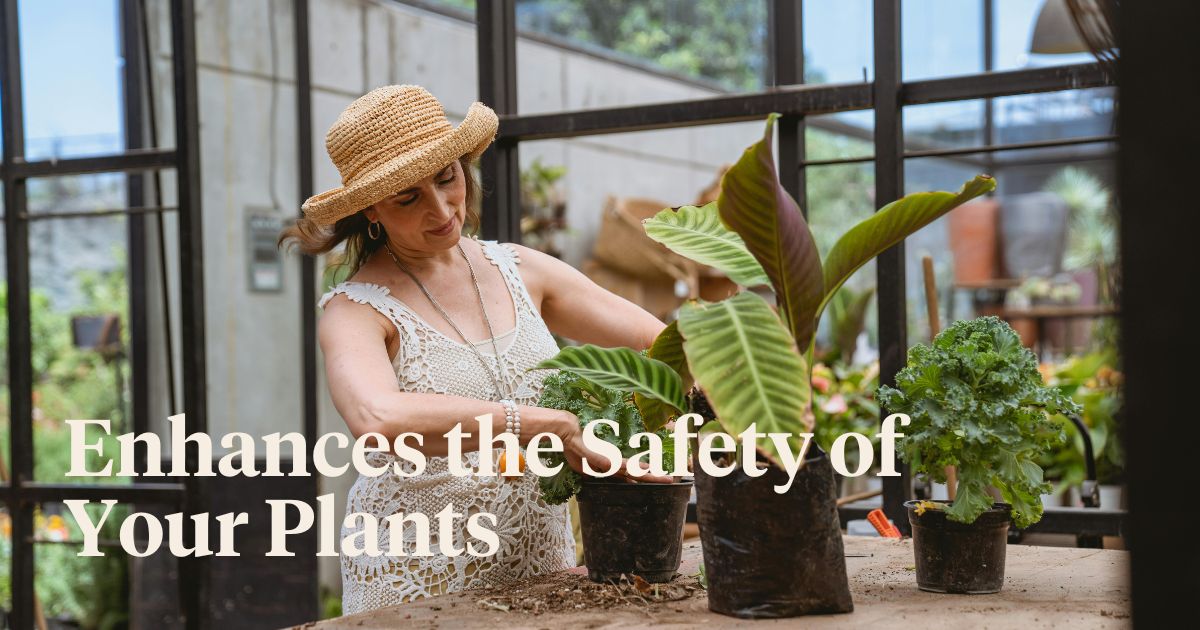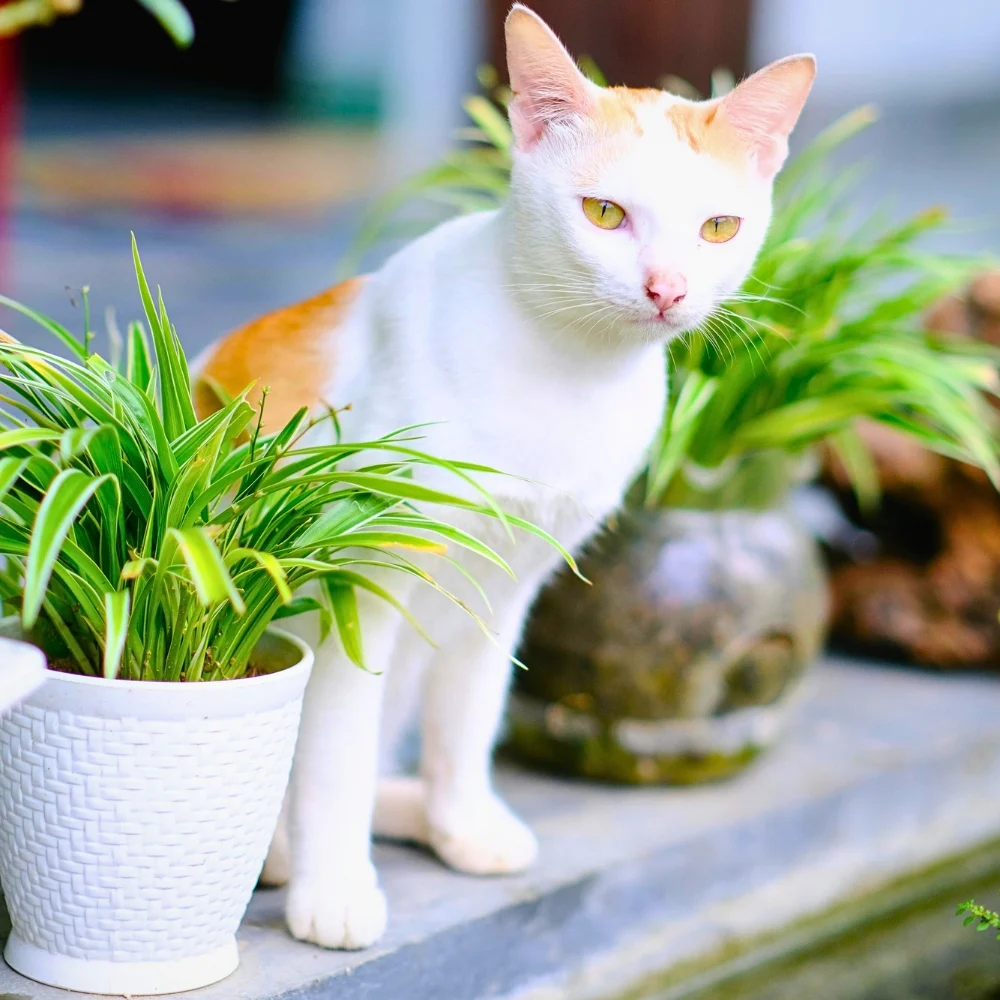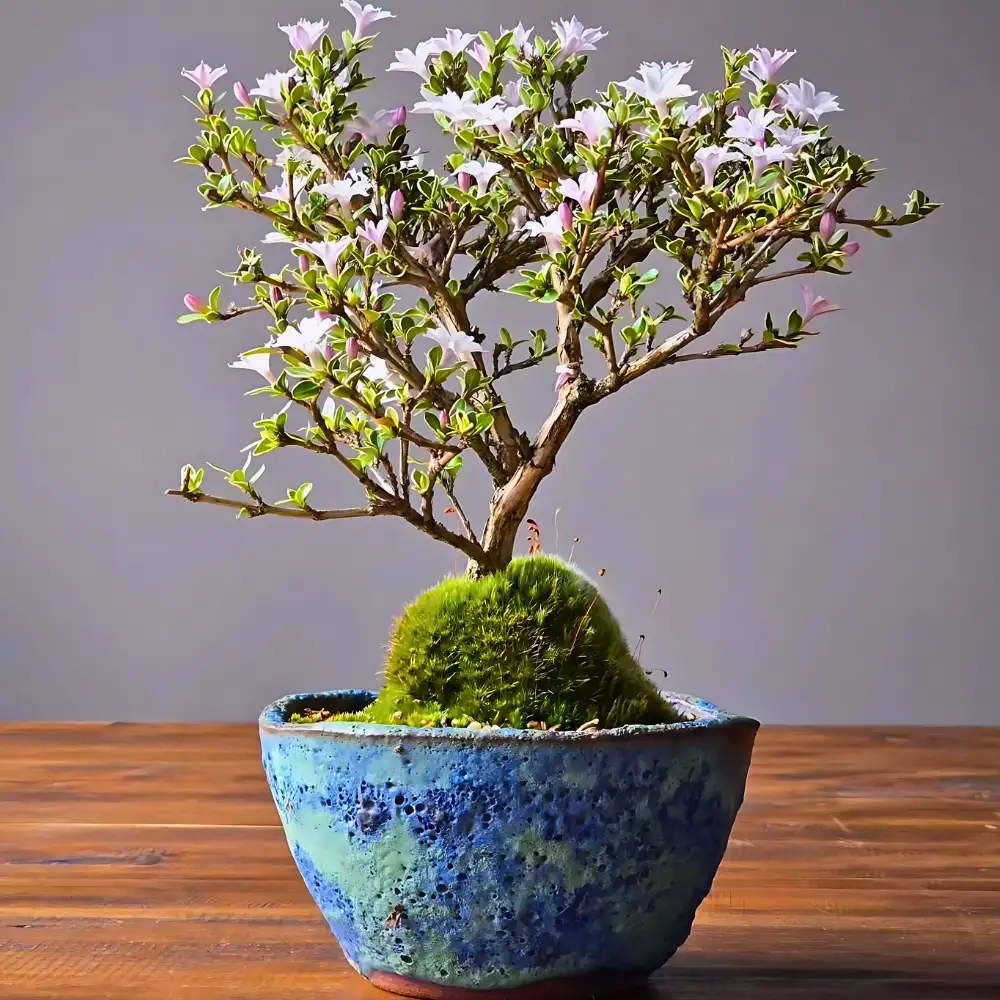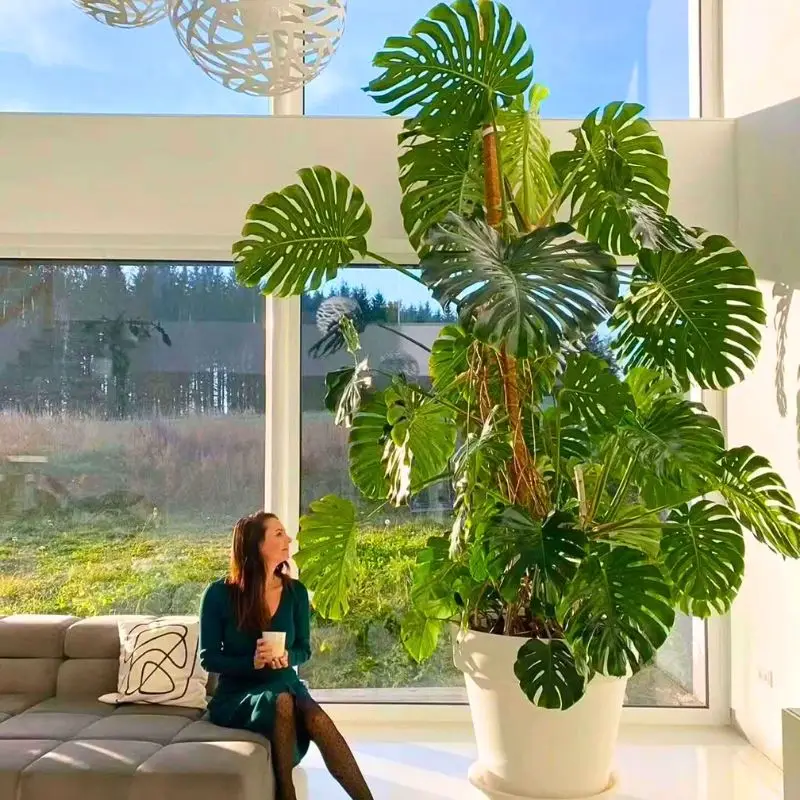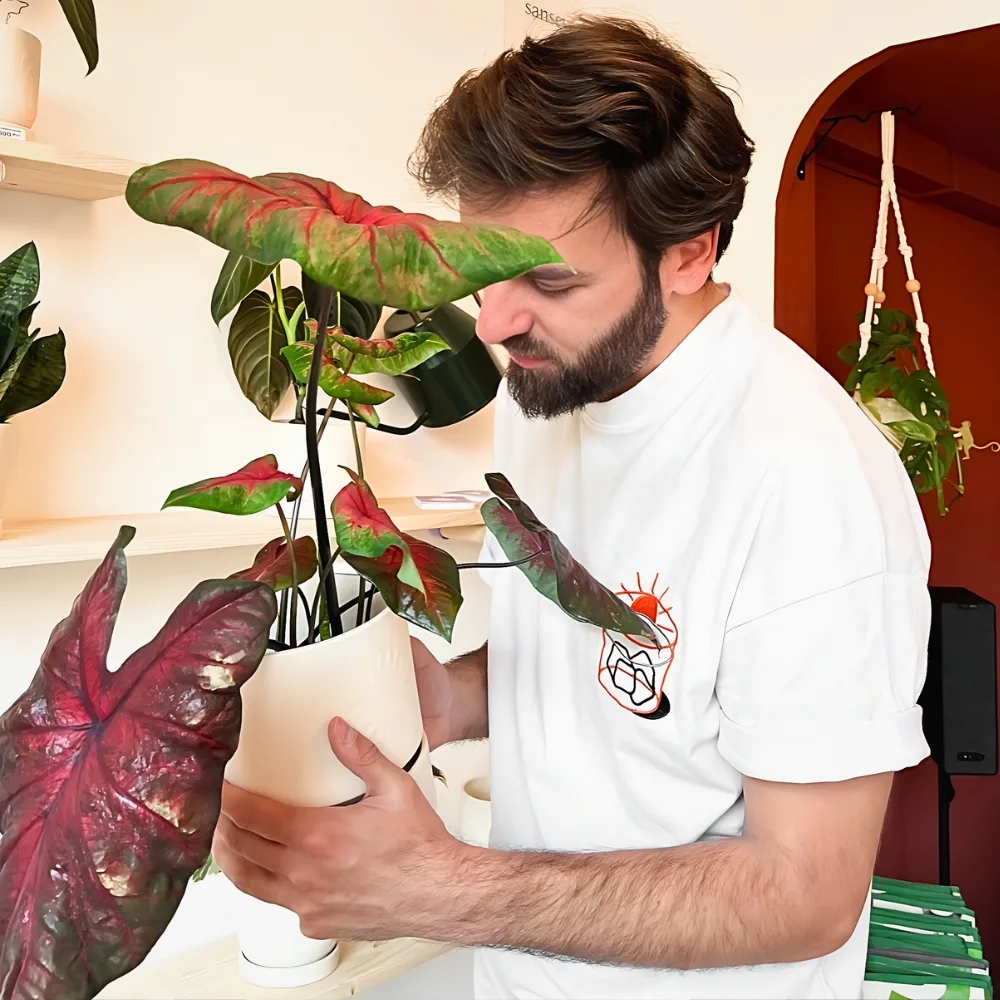Transporting plants can be a delicate task. Plants are living organisms that require careful handling to ensure they reach their destination in good condition.
Properly customizing your trailer for plant transportation is essential for maintaining the health and safety of your plants during transit. Doing this protects your plants and ensures that the journey is efficient and trouble-free.
If you're up for the task, here are the necessary steps to customize your trailer for optimal plant transportation.
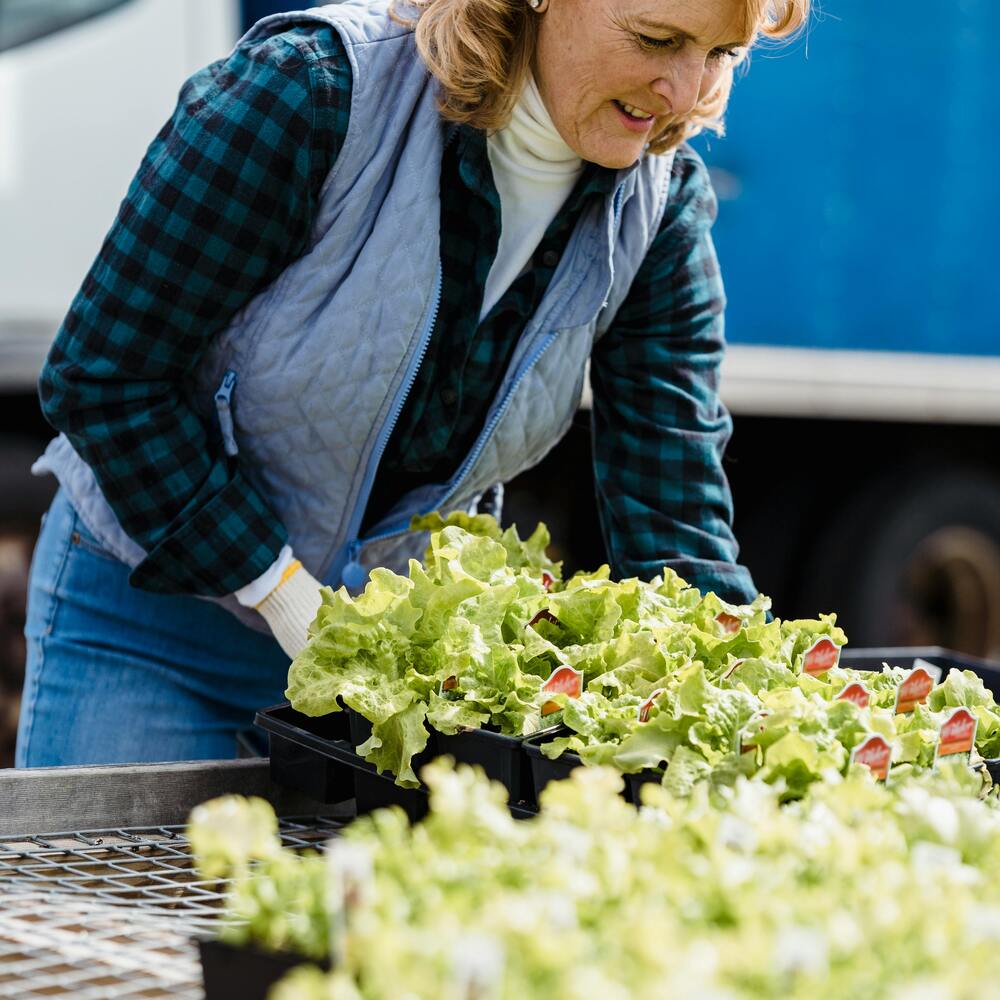
Step 1: Choose The Right Trailer
The first step in customizing your trailer for plant transportation is selecting the right type of trailer. A flatbed trailer is often a good choice due to its open design, which allows for better air circulation around the plants.
However, depending on the types and sizes of the plants you are transporting, you might also consider an enclosed trailer to provide additional protection from the elements. Ensure the trailer has adequate space to accommodate your plants without overcrowding them.
Step 2: Install A Reliable Hitch
A reliable hitch is crucial for safely towing your trailer. For those who need a sturdy and permanent solution, a weld-on hitch is a great option. It provides a strong, durable connection between your trailer and towing vehicle.
However, if you prefer flexibility and ease of installation, a bolt-on 5th wheel hitch can be an excellent alternative. It offers the ability to easily attach and detach the trailer as needed, making it a versatile choice for different towing needs.
Whichever option you choose, it’s important to customize your trailer with a hitch that meets your specific requirements.
Step 3: Secure The Plants Properly
Securing the plants properly within the trailer is vital to prevent them from moving around during transit. Use strong straps or ropes to tie down larger plants. For smaller plants, consider using shelving units or plant racks to keep them organized and stable.
Additionally, placing non-slip mats on the floor of the trailer can help keep the plants from sliding around. Ensure all plants are positioned securely to minimize the risk of damage when you customize your trailer for plant transport.

Step 4: Provide Adequate Ventilation
Plants need fresh air to thrive, even during transportation. Adequate ventilation is essential to prevent them from overheating and to maintain proper humidity levels.
If you are using an enclosed trailer, ensure it has ventilation panels or windows that can be opened to allow air to flow through.
For open trailers, consider using breathable covers that protect the plants while still allowing air circulation. Customizing your trailer with the right ventilation features will help keep your plants healthy during transit.
Step 5: Control The Temperature
Temperature control is another important factor to consider when customizing your trailer. Extreme temperatures can be harmful to plants, so it's essential to maintain a stable environment.
Depending on the climate and the types of plants you are transporting, you might need to install heating or cooling systems.
Insulating the trailer can also help in maintaining a consistent temperature. Additionally, monitoring the temperature throughout the journey is key to ensuring the plants remain healthy.
It's best to customize your trailer with the necessary temperature control measures to protect your plants.

Step 6: Protect From Pests And Diseases
Transporting plants can sometimes expose them to pests and diseases. To minimize this risk, thoroughly clean and sanitize the trailer before loading the plants. Use pest deterrents or coverings to protect the plants during transit.
Regularly inspect the plants for signs of pests or diseases and take immediate action if any issues are detected. Keeping the trailer clean and free from contaminants is crucial for plant health. When you customize your trailer, consider features that help prevent pests and diseases.
Step 7: Ensure Easy Loading And Unloading
The process of loading and unloading plants should be as smooth and efficient as possible. Customize your trailer with ramps or hydraulic lifts to make it easier to move plants on and off the trailer.
Organize the plants in a way that allows for easy access, reducing the risk of damage during handling. Consider the layout of the trailer to ensure that the heaviest and largest plants are loaded first, creating a stable base for the rest of the load.
Conclusion
Customizing your trailer for plant transportation involves several key steps, from choosing the right trailer and hitch to securing the plants and ensuring proper ventilation and temperature control.
By taking these measures, you can protect your plants from damage and ensure they arrive at their destination healthy and intact. Proper customization not only enhances the safety of your plants but also contributes to a more efficient and stress-free transportation process.

